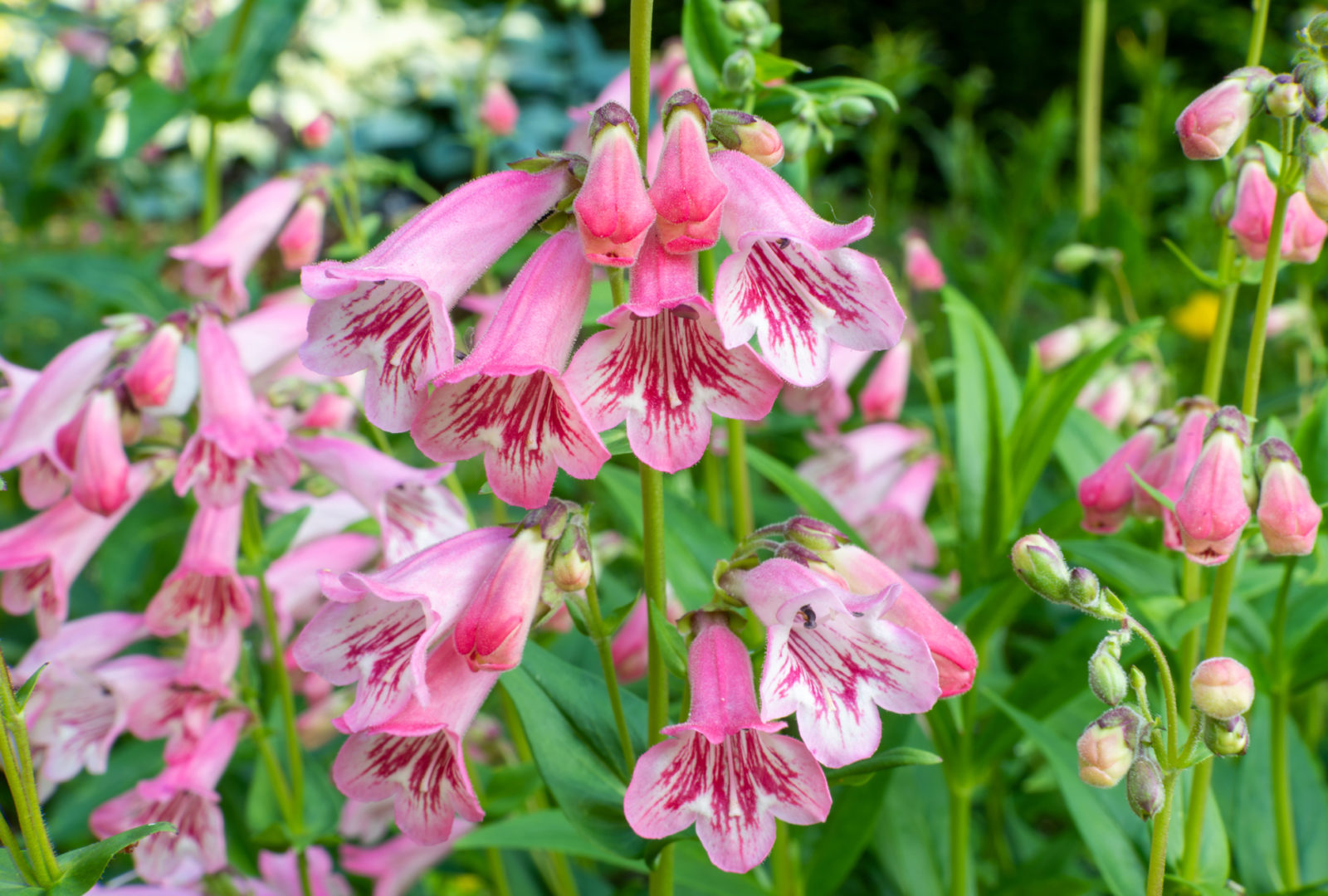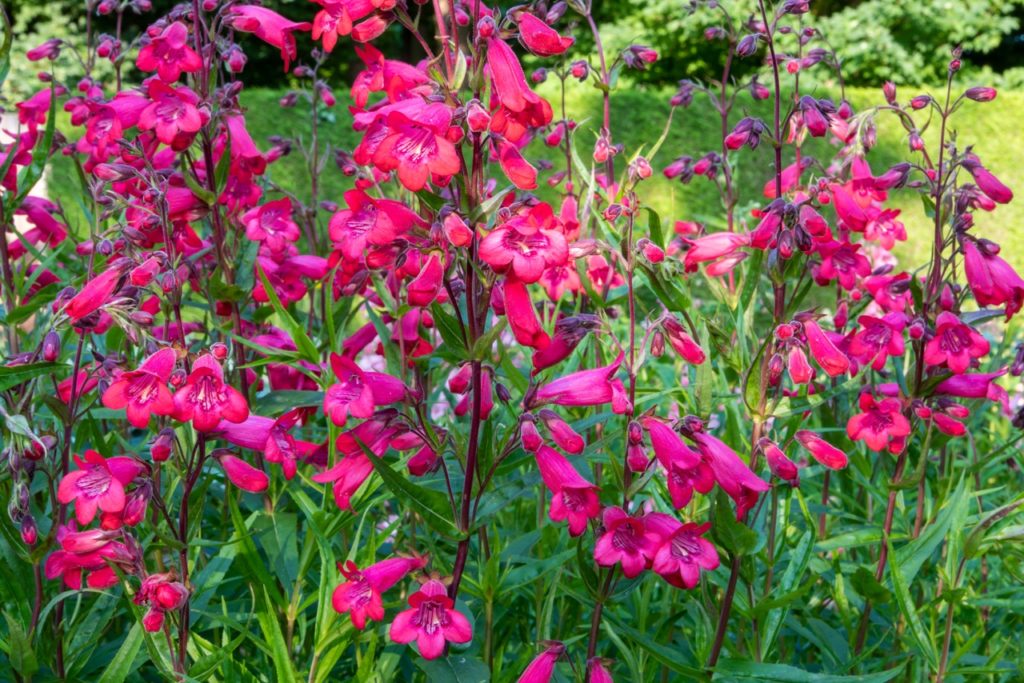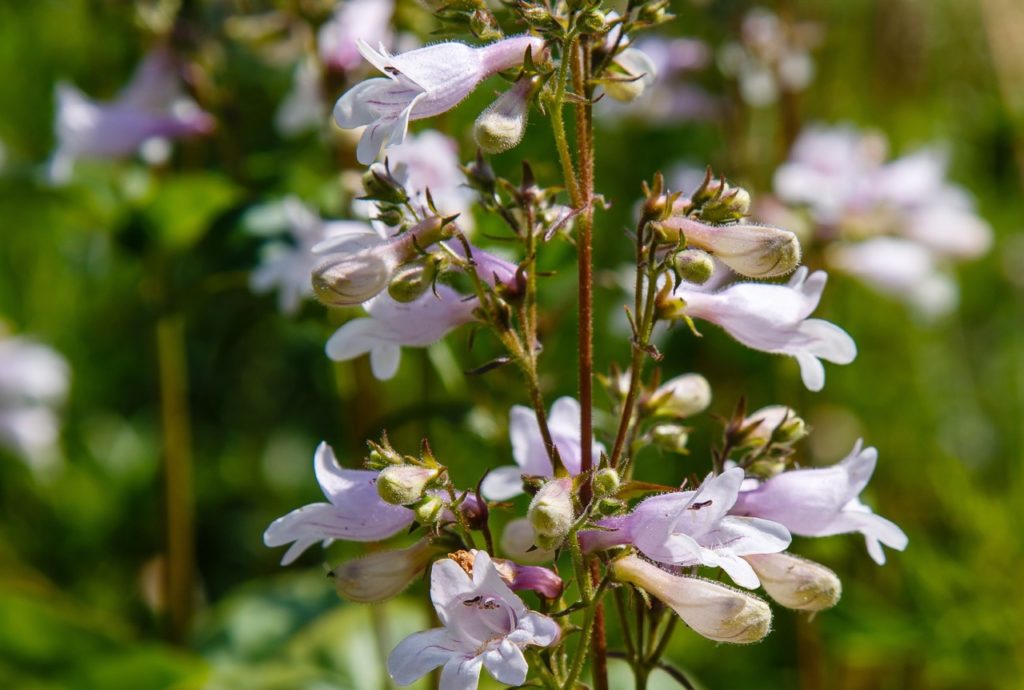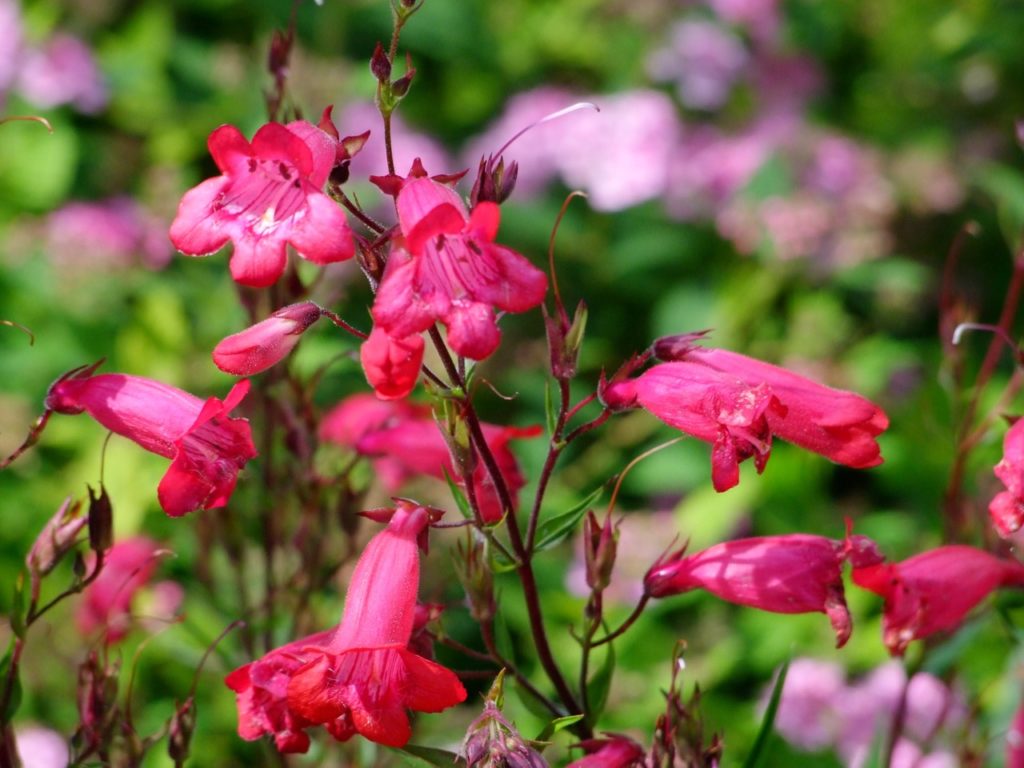Penstemon Pruning: ‘Cut Back Half Of The Stems In A ‘Chelsea Chop’ For More Flowering’

PERENNIALS > PENSTEMON > PRUNING
Reviewed By DAN ORI

Dan has over 27 years’ under his belt caring for plants and gardens. Working as a Horticultural Instructor and Consultant, he draws on a diverse range of experience that includes working as a Head Gardener, Tree Surgeon, Garden Centre Trouble Shooter, and writer of academic papers. Dan has a Level 3 Diploma in Horticulture and is currently a candidate for the RHS’s most prestigious award – The Master of Horticulture.
IN THIS GUIDE
PENSTEMON GUIDES
Pruning
Sowing
Penstemon is a genus of herbaceous perennials that produce an abundance of floral colour in spring and summer.
They are low-maintenance semi-evergreens with a clear majority having hardiness ratings of H4 or greater, meaning they are hardy enough for most regions of the UK.
Nearly all of the hundreds of varieties produce a profusion of dainty tubular or bell-like flowers on spikes or in clusters which will be even more profuse and bloom more reliably if you prune and deadhead these plants correctly.
I lay out my recommendation as to the best practice for pruning penstemon in this guide, which includes:
- Cutting back
- Deadheading
- Hard pruning
These phases (and whether each is necessary) are explained in more depth below.
| Difficulty | Medium |
| Equipment Required | Gardening gloves, secateurs or hand shears |
| When To Prune | March or November |
1) Cutting Back
If your Penstemon variety has a hardiness rating of H5 and you’re located in the more southernly regions of the UK you can cut back in autumn.
However, if your variety is hardy only to H3 and you’re up in the Midlands or above, wait until spring before cutting back as its dead foliage will help to protect the plant during winter.

We suggest you err on the side of prudence.
So, in late autumn or the beginning of spring, cut back the dead flower stalks and any faded and withered foliage to the base, making sure that you do not at any time remove green foliage.
2) Deadheading
After the flower stalks start to bloom from mid-spring, blooms will begin to fade on any given stalk.
If you have the time, pinch off the faded flowers to continually spruce up the plant.

Better yet, wait until a majority of blooms on a stalk have withered and then deadhead by cutting back that stalk by half or to just above the uppermost leaves or lateral stems on that stalk.
Doing so will spur fresh flowering growth.
3) Hard Pruning
After the summer flowering season is nearing its end in late June, consider a hard prune.
Cut down all flower stems that are either spent or fading to the base, leaving all the foliage intact.
This will trigger renewed growth and, with luck, you will see another flush of blooms in early autumn.
If your plant is still going strong in late June then give the hard prune a miss and enjoy the show!

“Pruning your summer and autumn flowering perennials relatively hard in May during the week of the RHS Chelsea Flower Show is called the Chelsea Chop,” shares Dan Ori, a Master Horticulturist.
“To Chelsea Chop your Penstemons you can cut back flowering stems by half. This chop will result in a delay in the flowering and a more compact plant.
“Alternatively, if you can’t quite bring yourself to do that, cut back half of the stems by half, this will reward you with a longer flowering period.”
Regardless of your gardening skills, penstemon is a great choice for bringing a laid-back charm to the garden.
You can amplify this charm and keep it going for many years if you devote some time and energy toward the proper maintenance of this semi-evergreen perennial.

